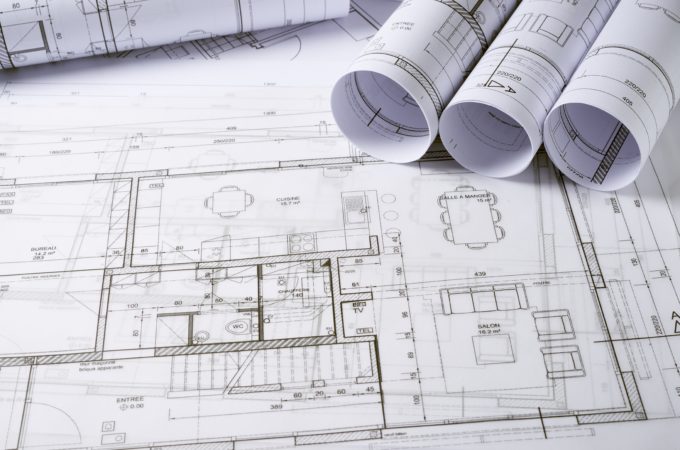Structural Design Services play a critical role in the safety, functionality, and aesthetics of any building or infrastructure project. However, there are several misconceptions that can lead to confusion or hesitation when considering these services. Let’s debunk some of the most common myths surrounding structural design services:
Myth 1: Structural Design Is Only About Making Buildings Strong
Debunked: While strength is a significant aspect, structural design is not just about creating strong buildings. It also ensures that the structure can withstand various loads, including wind, seismic activities, and other environmental factors. Additionally, structural engineers consider factors like durability, flexibility, and cost-efficiency, making the design process a comprehensive solution for safe and sustainable construction.
Myth 2: Structural Design Services Are Too Expensive
Debunked: Investing in professional structural design services can actually save you money in the long run. Expert engineers can identify potential problems early, preventing costly repairs or design changes during construction. Moreover, they optimize materials and design for cost-efficiency without compromising safety and quality. The initial cost of hiring a professional is a small price to pay for long-term reliability and safety.

Myth 3: Any Engineer Can Handle Structural Design
Debunked: Structural design is a specialized field that requires specific training, skills, and experience. Not every engineer has the expertise needed to understand the complexities of load-bearing calculations, material behavior, and building codes. Certified structural engineers are equipped with the knowledge to tackle intricate design challenges, ensuring safety and compliance.
Myth 4: Structural Engineers Only Work on Large Projects
Debunked: Structural design services are not limited to skyscrapers and massive infrastructure projects. They are equally essential for smaller-scale projects, including residential buildings, extensions, renovations, and even small commercial establishments. No matter the size of the project, structural engineers can ensure the design is safe, stable, and compliant with local regulations.
Myth 5: Structural Design Only Comes Into Play After Architecture Is Finalized
Debunked: Ideally, structural engineers should be involved from the early stages of the design process. Collaborating with architects and other professionals allows them to offer insights that can improve the overall design, make better use of materials, and reduce costs. Early involvement ensures a more seamless integration of structural elements with the architectural vision.
Myth 6: Once a Structure Is Designed, There’s No Need for Further Structural Input
Debunked: Structural design is not a “one-and-done” service. Changes in building codes, renovations, or expansions may require updates to the original structural design. Regular assessments by structural engineers can ensure ongoing safety, especially for older buildings, or when changes are being made.
Myth 7: Structural Design Services Are Not Necessary for Simple Projects
Debunked: Even simple projects can have complexities that require professional structural input. Without proper structural design, you risk issues like uneven settling, foundation problems, or inadequate support, which could lead to significant safety concerns. Professional engineers can make sure all elements, from the foundation to the roofing, are properly designed and aligned.
Conclusion
Structural design services are crucial for the safety, functionality, and longevity of any building project. Understanding the realities behind these common myths can help you make informed decisions and appreciate the value that expert structural engineers bring to your projects. Hiring professional structural design services is an investment in quality, safety, and peace of mind.



